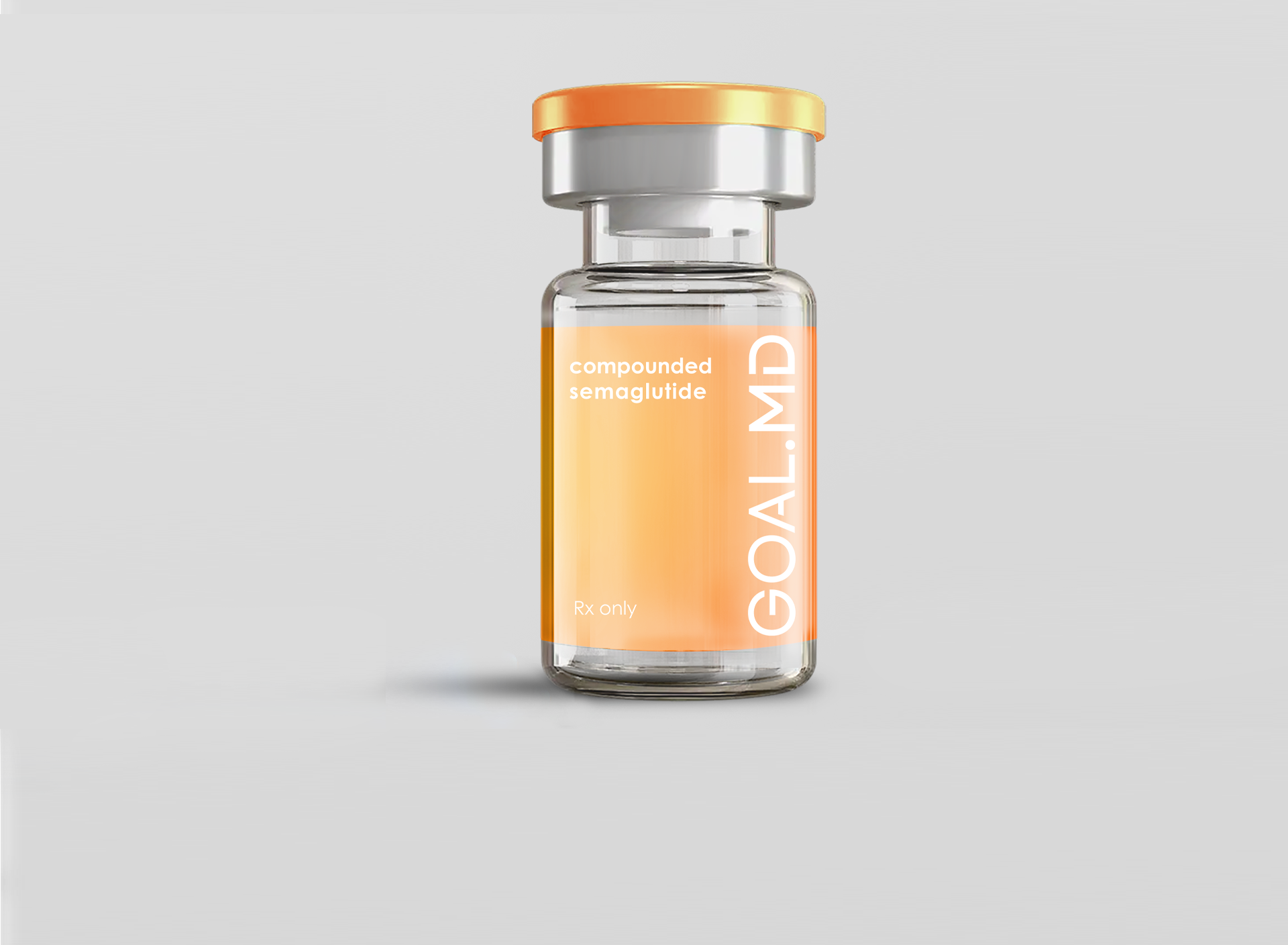
GOAL.MD Health & Wellness Blog
Evidence-based insights, medical weight loss information, and practical tips from our physicians and healthcare experts.

🍊 Eating with Intention: How to Build a Mindful Plate on GLP-1s
One of the most powerful effects of GLP-1 medications like semaglutide or tirzepatide is how they change your relationship with food. Suddenly, you’re eating less, feeling full faster, and not obsessing over your next meal. And while that’s a huge win for weight loss—it also means that every bite you do take matters more than ever.
So here’s the question: If you’re eating less… are you making it count?
This is where mindful eating comes in. It’s not about being perfect. It’s about being present. It’s about tuning into your body’s signals and intentionally choosing foods that nourish you—not just fill you up.
Let’s talk about how to build a mindful plate that works with your GLP-1, not against it.
🍽️ What Is a “Mindful Plate”?
A mindful plate is less about portion size and more about purpose. It’s made up of foods that fuel your body and your goals. It considers balance—between protein, fiber, and healthy fats—so that you stay full, satisfied, and energized even with smaller meals.
Mindful eating isn’t a diet—it’s a practice. And when you’re eating less overall, it becomes your superpower.
🧠 Why It Matters on GLP-1s
GLP-1 medications reduce hunger by slowing digestion, increasing feelings of fullness, and calming the brain’s reward center. That’s great for portion control—but it can also mean:
You forget to eat until it’s too late.
You eat less but miss out on essential nutrients.
You grab convenient snacks instead of real meals.
Eating with intention solves that. It turns your small meals into nutrient-dense powerhouses that support fat loss, preserve muscle, and keep your energy stable throughout the day.
🥗 Building the Balanced, Mindful Plate
Here’s a simple framework to guide your meals:
✅ 1. Prioritize Protein
Protein helps maintain muscle mass, especially during weight loss. It also keeps you full longer.
Try: chicken breast, eggs, tofu, salmon, Greek yogurt, or a scoop of protein powder.
✅ 2. Add High-Fiber Carbs
Fiber supports digestion, balances blood sugar, and adds volume to your meals.
Try: leafy greens, roasted veggies, berries, lentils, or quinoa.
✅ 3. Don’t Forget Healthy Fats
Fats make meals more satisfying and help with hormone regulation.
Try: avocado, olive oil, nuts, or chia seeds.
✅ 4. Hydrate & Replenish
Don’t rely on food alone—drink water and consider electrolytes, especially if you’re eating less.
Try: lemon water, low-sugar electrolyte drinks, or plain sparkling water.
⏳ The 20-Minute Rule: Slow Down to Tune In
It takes about 20 minutes for your brain to register that your stomach is full. When you eat quickly, it’s easy to overeat—even on GLP-1s. When you eat slowly and mindfully:
You notice your fullness sooner
You enjoy your food more
You feel satisfied with less
Try this: put your fork down between bites. Breathe. Notice the texture, flavor, and temperature of your food. It sounds simple, but it can completely transform your eating experience.
🔁 Mindfulness Habits to Practice Daily
You don’t need to meditate before every meal—but you can sprinkle mindfulness into your day in small, doable ways:
✨ Check in with your body before eating. Ask: “Am I physically hungry or just emotionally triggered?”
🧃 Avoid distractions. No phones or TV—just you and your meal.
📆 Create a rhythm. Set gentle mealtime reminders so you don’t skip meals when your appetite is low.
💬 Use affirmations. Say: “This food is here to support my healing and my goals.”
💬 Final Thought: Small Meals, Big Impact
You don’t have to eat a lot to make progress. You just have to eat with purpose.
GLP-1s make it easier to reduce mindless snacking—but it’s mindful eating that ensures you’re actually fueling your body well.
So the next time you sit down to eat, ask yourself:
“Is this plate serving my hunger—or my goals?”
If the answer is both—you’re exactly where you need to be. 💪
And remember...small changes = big results

Why GOAL.MD?
✅ Sourced from audited 503a US compounding pharmacies.
✅ Custom dosages adjusted to your needs.
✅ Free consultation + 24/7 support.

How It Works
1. Quiz
90 seconds. No commitment.
2. Consult
Video chat with your GOAL.MD doctor.
3. Deliver
Meds at your door tomorrow.
Transform Your Life with Physician-Directed Care
Join thousands who've found success with physician-directed care. Take our 3-minute quiz to see if medical weight loss is right for you.







